And so, the circle (well, square) is complete. All four of the pillars of Rurouni Kenshin have made their debuts. Everyone has their favorite(s) – I love them all – but they’re the sun around which all the character dynamics in this series orbit. The last to appear actually did so last week, but that was just a tease. This was the real bow for Sagara Sanosuke (Yashiro Taku), who struts around torn with the kanji for “Bad” on his back and a chip (and a head with a lot of hair) on his shoulder.
With the arrival of Sanosuke a series veteran can’t help but reflect on the casting yet again – for us it’s a big part of the story. There are plenty of momentous re-casted introductions to come (there are a couple that stand out for me, some even likely to fall in the first season). But we’ve now checked off the main quartet without, in my view, any misfires. I’m happy with the casting for all of them – Kenshin is the biggest change for obvious reasons, but none of them feel off to me. Yashiro plays a little older and more rugged than Uedu Yuuji from the 1996 series (Sanosuke is, like Kaoru, a teenager at this point in the story) despite both actors being the same age at the time, but the interpretation works for me.
As we begin, Yahiko is in training, though resolutely not from Kenshin – who’s using his sakabotou to chop firewood, much to Yahiko’s irritation. Kaoru is as ever concerned about the financial health of the dojo, not surprisingly given that her only student is an orphan child. She finds an ink painting created by her grandfather, who she reveals was a successful artist as well as a swordsman. Ecstatic that she can sell the painting for a decent sum, she offers to treat the boys to beef hot pot – one of the in-fashion new dishes riffing on Western cuisine – and the trio head off to the Akabeko, a popular local restaurant (and an important locale for the Tokyo arc).
The proprietress is Sakihara Tae, and she’s played by Noto Mamiko, another big name in a supporting role. The peace of the place is under assault from an argumentative (and drunk) trio of democracy movement activists, one of whom flings a bottle which biffs Kenshin on the back of the head. He could have dodged and did not in order to shield Kaoru, which catches the eye of Sagara Sanosuke. Yahiko stands up to the louts and demands an apology for Kenshin, which is not forthcoming. But when one of them strikes Tae as she’s attempting to restore the peace, Sanosuke has seen enough and quickly puts a stop to the drama using his hard head and one finger.
It’s clear quite from the beginning that Sanosuke is not a mass-produced model (Yahiko remarks that the character on his coat must stand for “bad taste”). While they were on the same side here he suggests to Kenshin that they fight – which the latter refuses. Sanosuke seems to have been bothered by the hypocrisy of the activists more than anything else (as I noted earlier, democracy was an idea with almost no history in Japan), and more interested in a challenge than anything else. He winds up being courted by Kihei and Gouhei, the Himura brothers, to take a bounty and fight Kenshin. But he only agrees when Kihei informs him that his potential opponent is in fact Hitoriki Battousai.
It’s a measure of the fact that Sano is smarter – and more careful – than he acts that he ventures all the way to Kyoto (no easy trip in the late 19th Century) to try and learn more about his opponent. All he can find is the obvious and what’s in the legends (which may or may not be true) but he arrives at the dojo to fight Kenshin anyway. Neither of them is fooled for a moment by Kihei, who’s lurking in the shadows with a pistol, and Sanosuke has no interest in this as a job apart from getting paid. He wants a good fight that’s all, and he’s willing to risk going against the Manslayer without knowing his sword style if it means a fun challenge for him.
I think it’s very interesting that Kenshin takes the time to ask Yahiko if he’s stunned to learn his true identity – and Yahiko’s reaction is another indication that in many ways he’s mature beyond his years. Kenshin is a mystery – to Yahiko, to Sano – but the essence of the man is plain to anyone who takes the time to get to know him. He’s only willing to give Sano his fight when the latter lashes out at him for his imperialist roots – the first sign that Sanosuke has a political bent (or awareness). This strange young man carries a zanbatou (which probably exists only in folklore and myth), a giant “horse-slaying sword” he calls his “partner”.
It’s Kaoru who realizes what truly makes this youngster so dangerous – not the power of his flicking finger or the gargantuan weapon he wields like a wakizashi, but the fact that he can take a serious blow and not betray any evidence of damage. Which he does here, from Kenshin – and it doing so becomes the first opponent Kaoru has seen that Kenshin did n0t strike down with a single blow. Sanosuke is clearly possessed of a tremendously powerful body, but he’s also possessed of a healthy dose of arrogance which his opponent here seems to have long since shed – and against an opponent like Kenshin, that weighs him down more even than his partner.


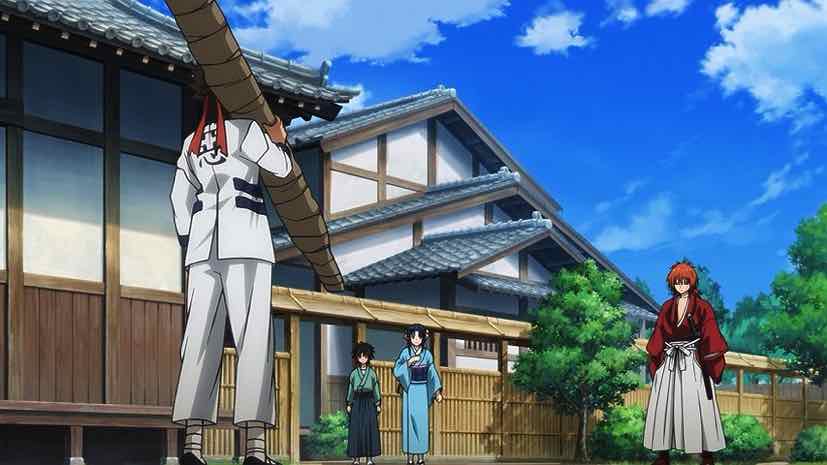
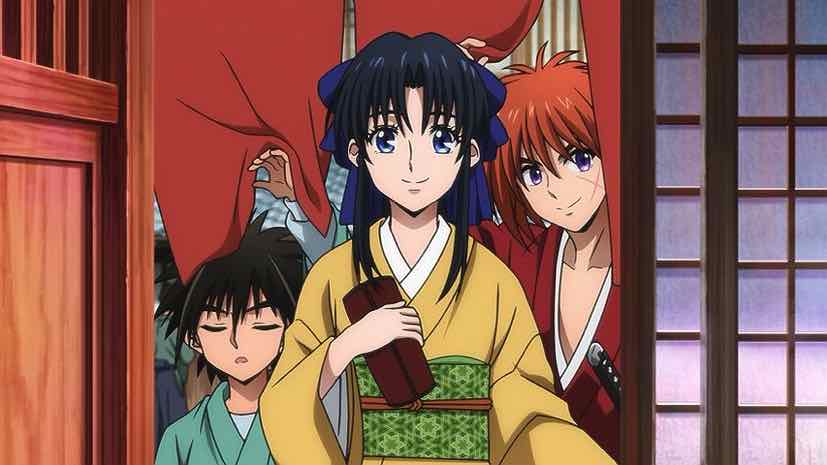


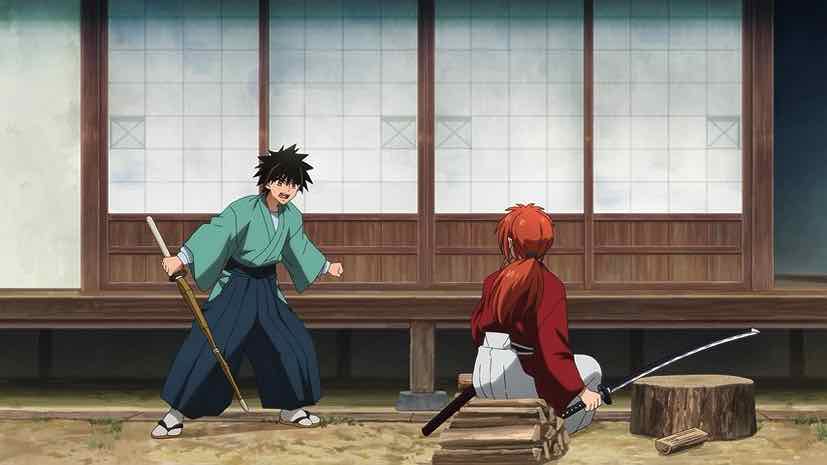
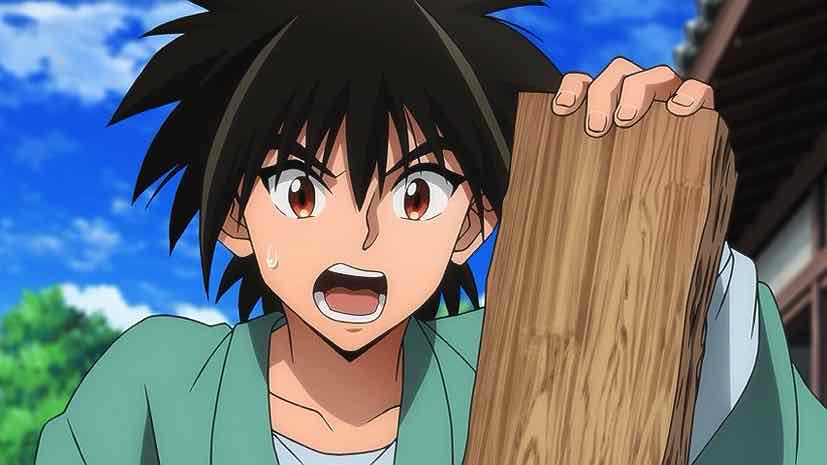
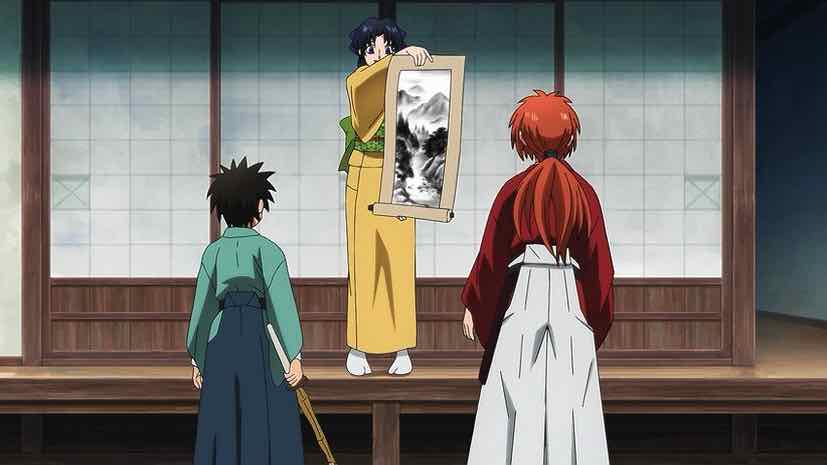

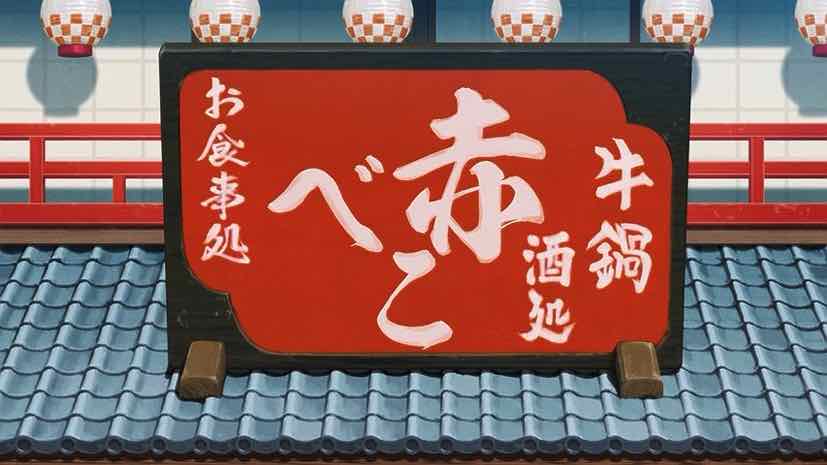
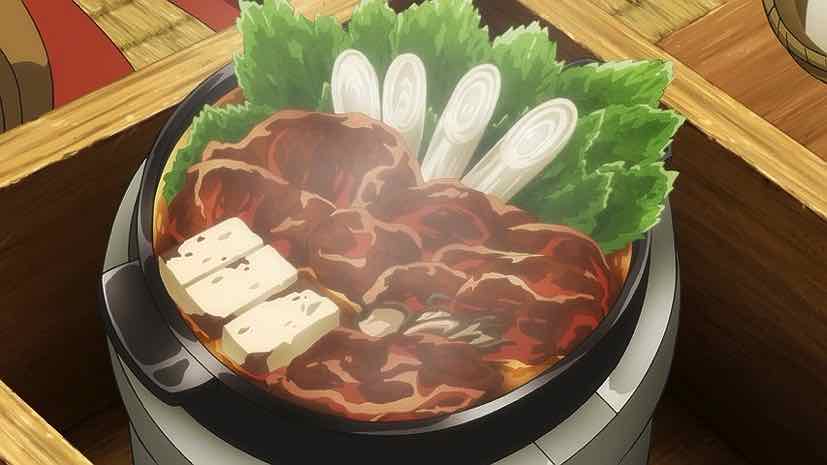
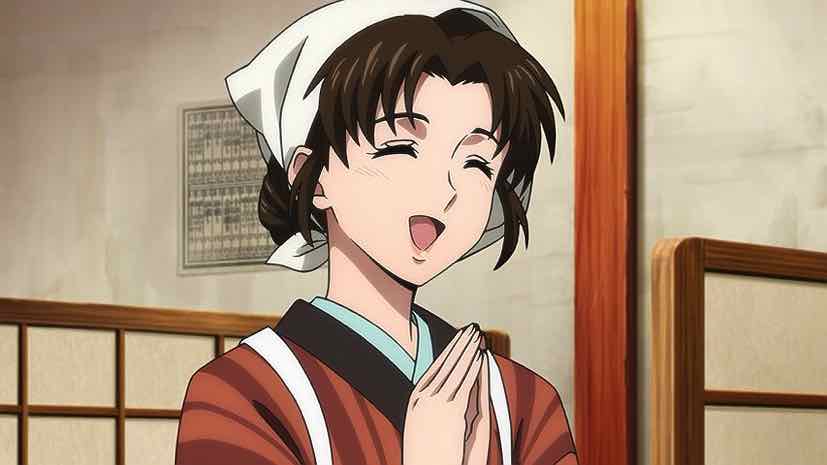
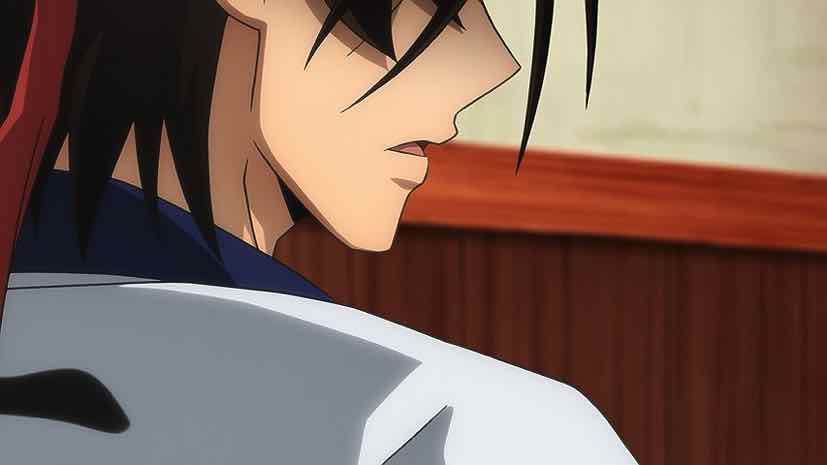
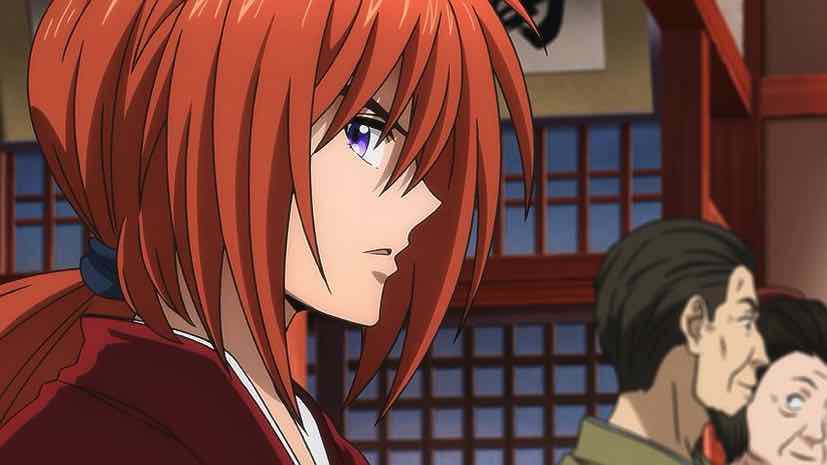
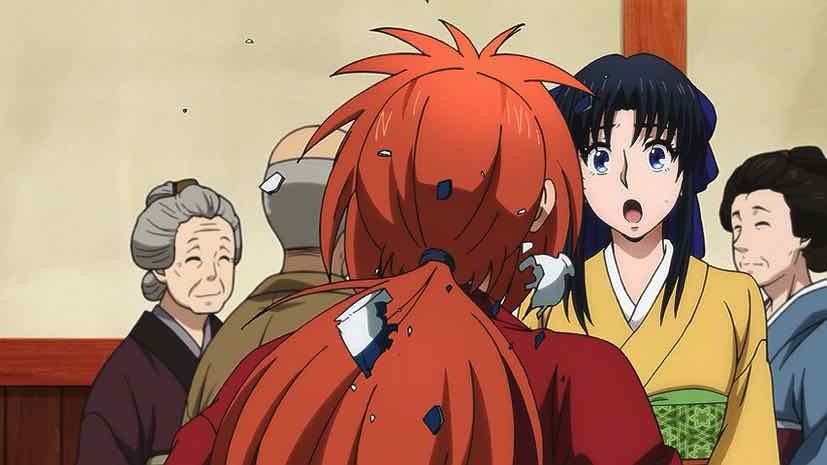


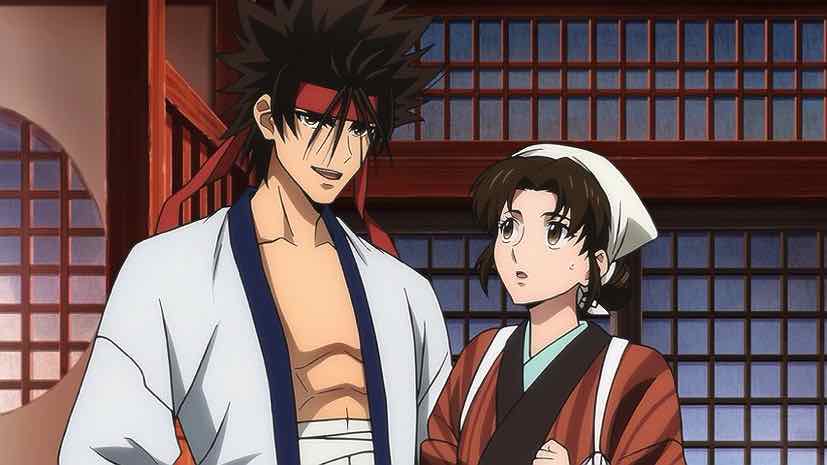
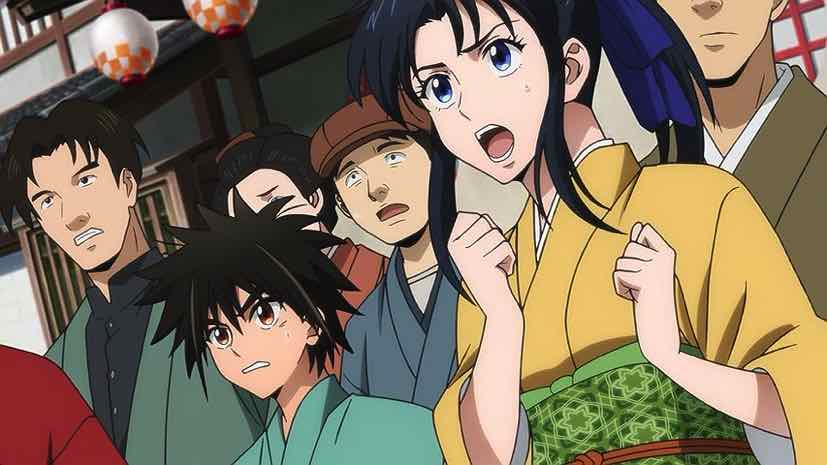
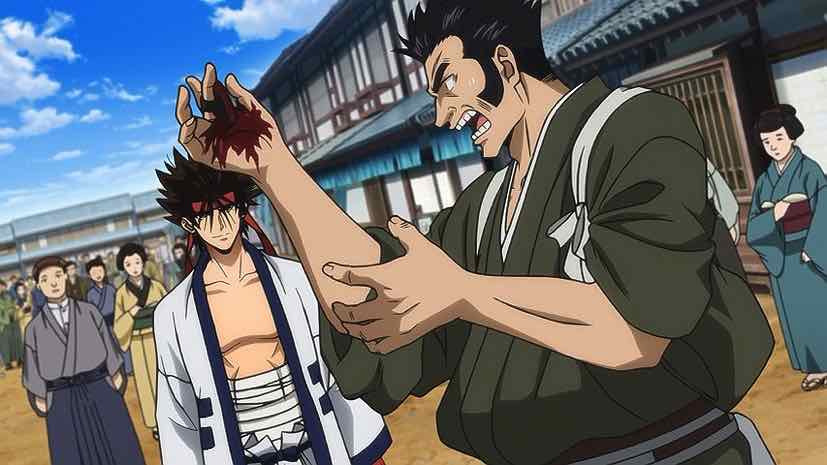
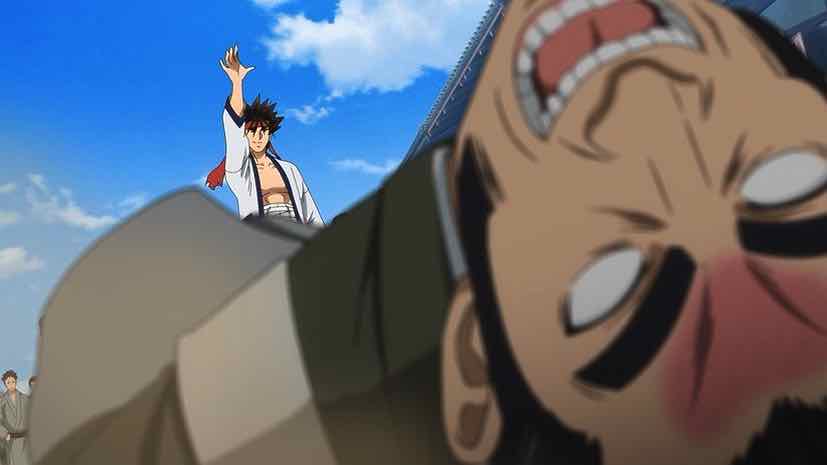


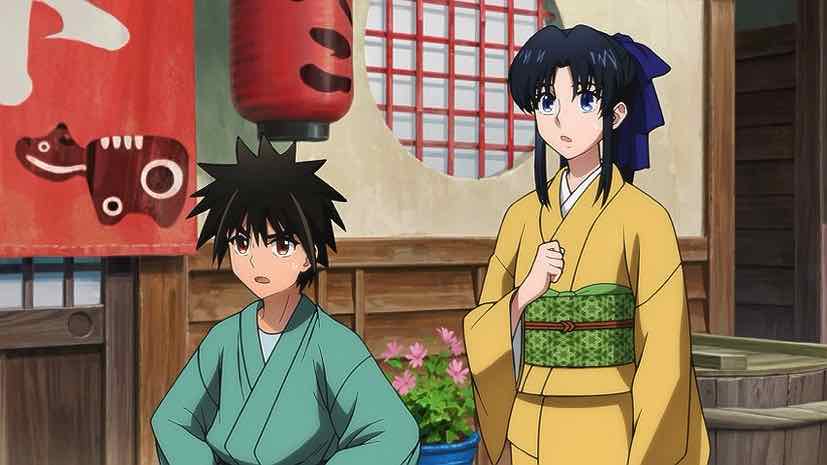

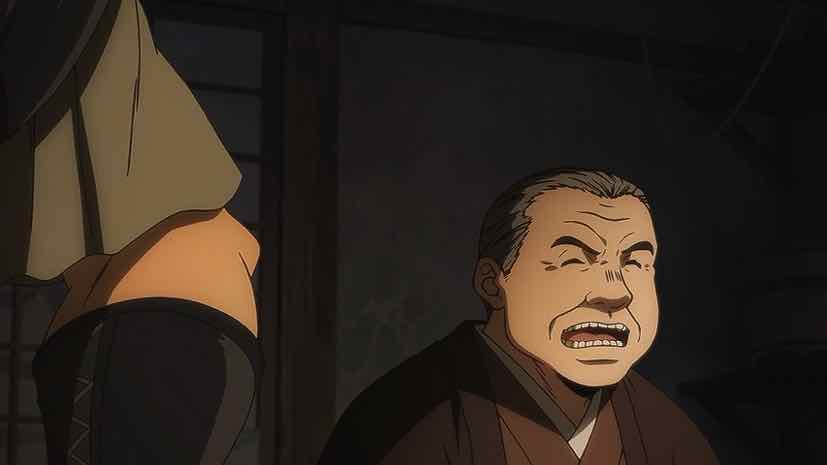
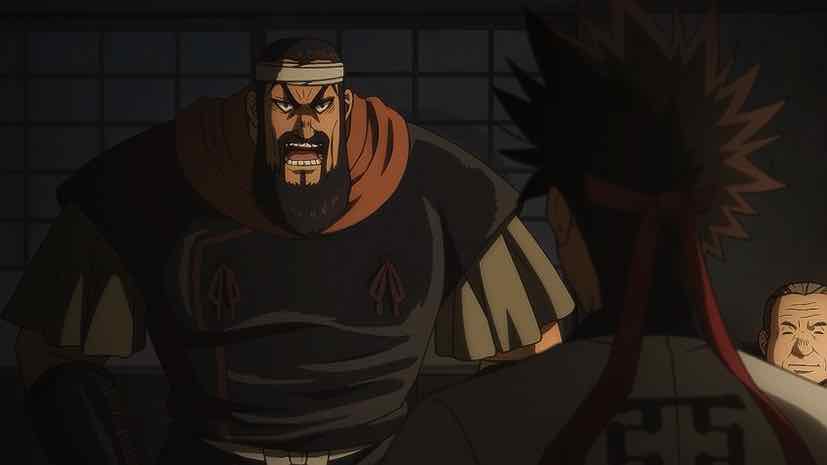
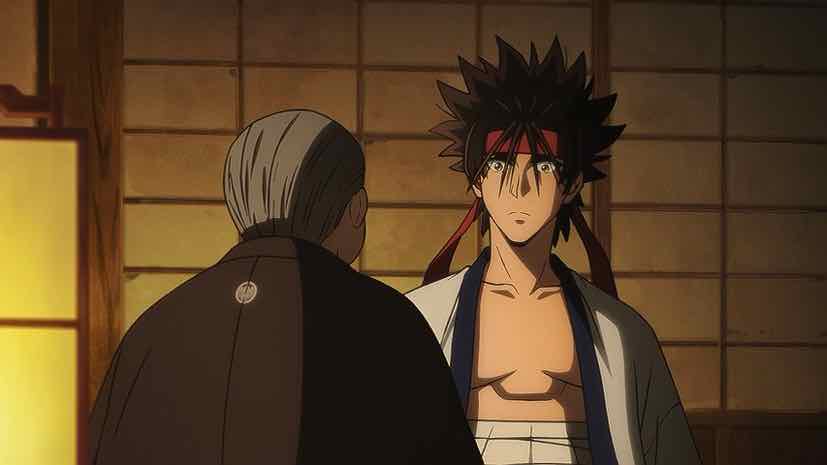

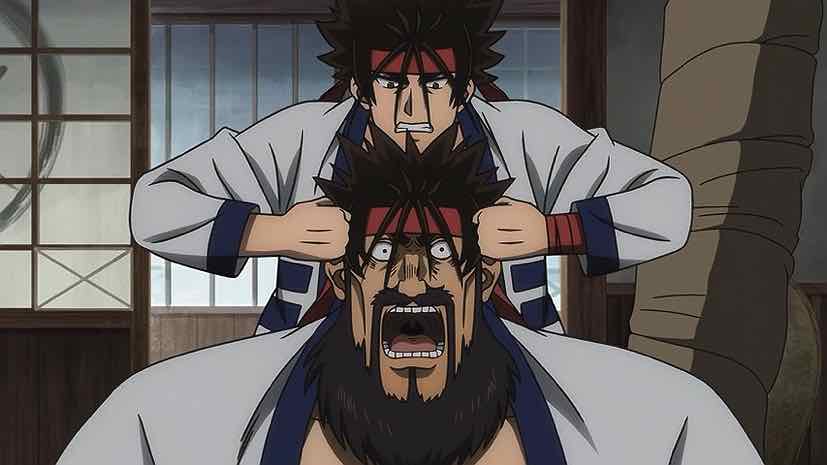

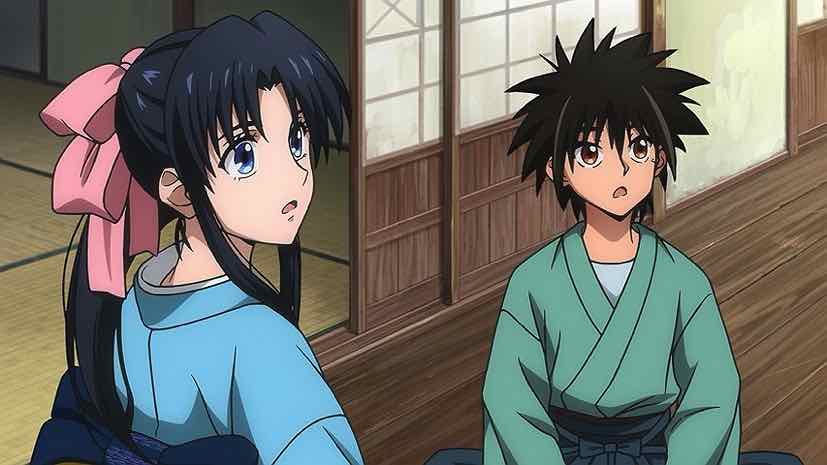
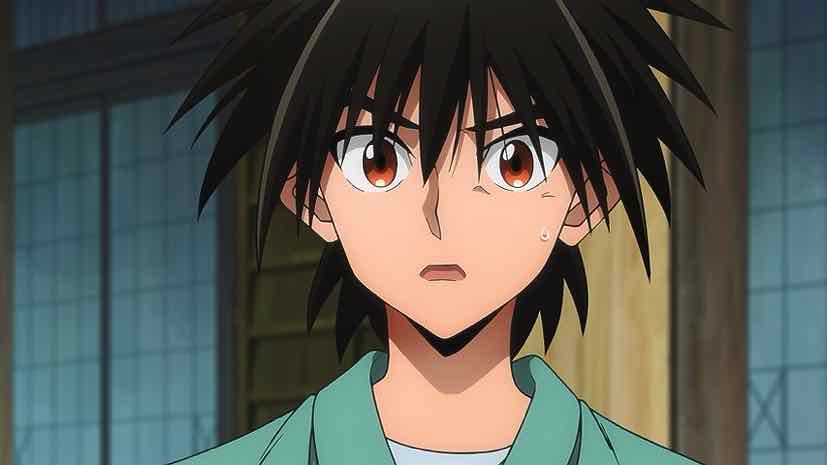

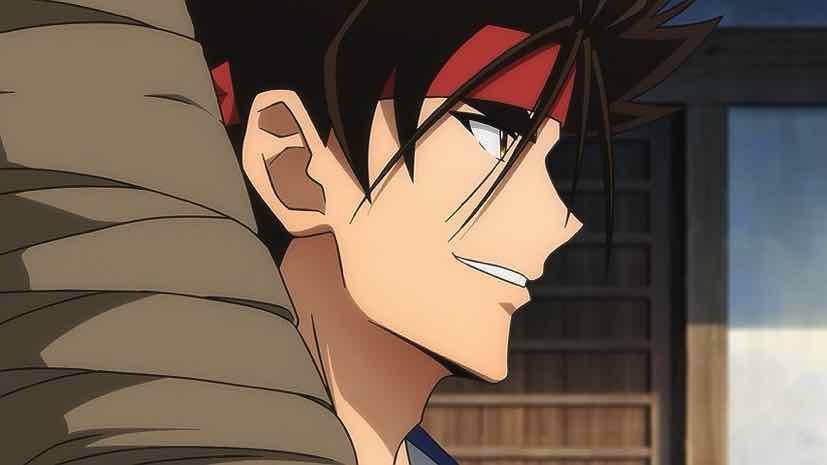



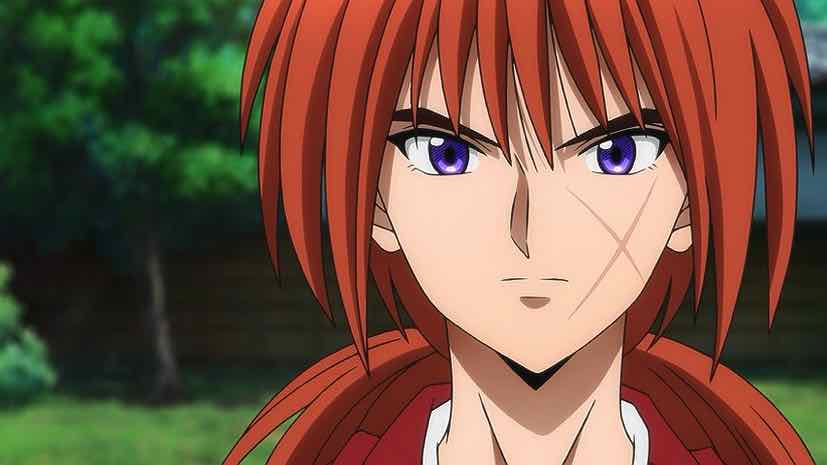
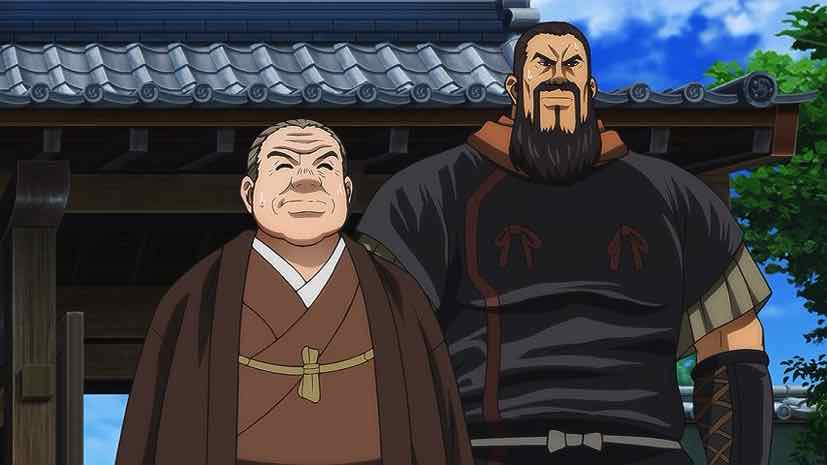



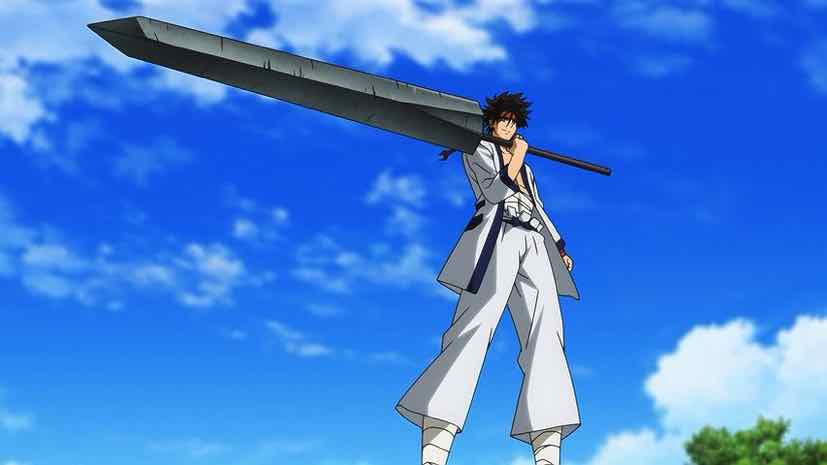
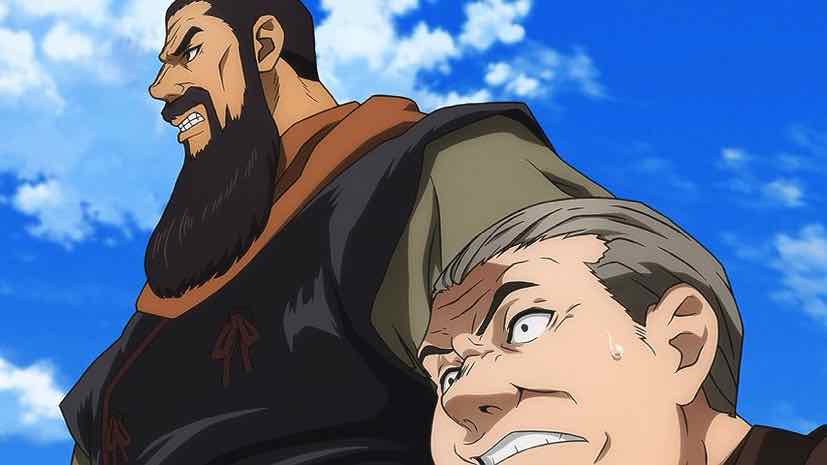




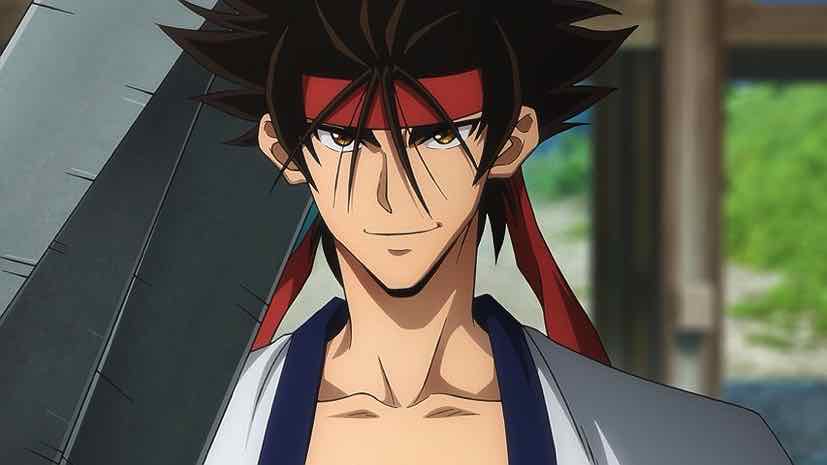
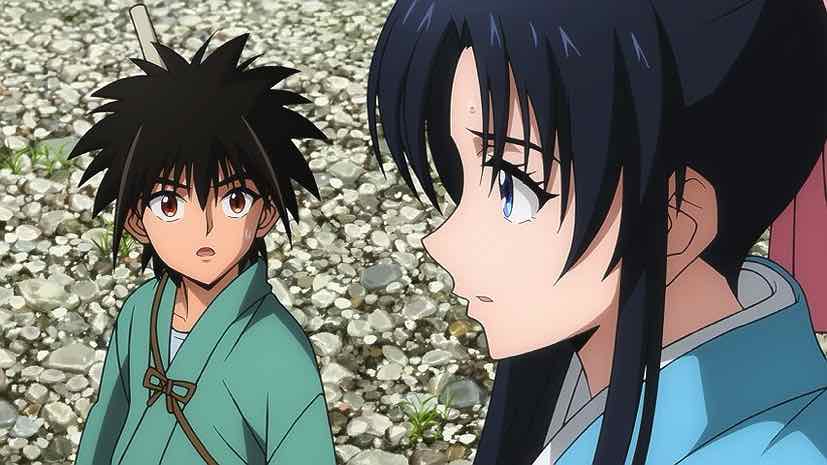



Zhou Yu
July 29, 2023 at 3:54 amHello GE I was just passing by through some old post you made a lot of years ago. I’m glad to see you are still doing fine.
Greetings .
Guardian Enzo
July 30, 2023 at 12:35 pmThanks, nice to hear from you!